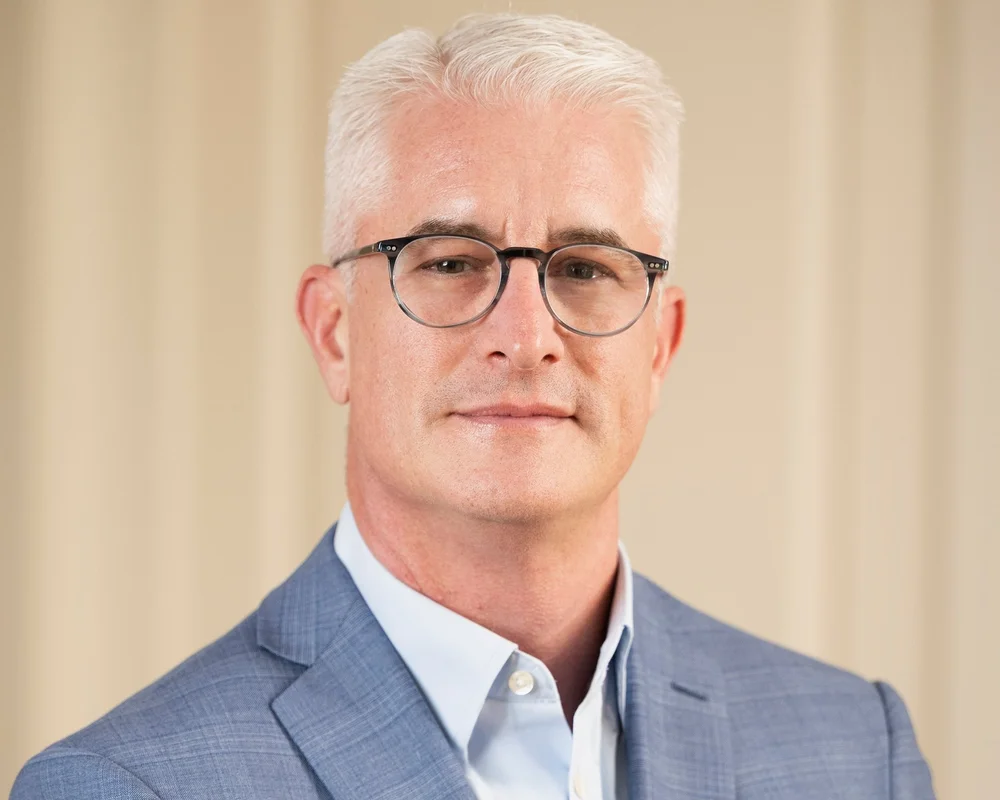As promised, I have updated my list of metro fiber providers and lit buildings. The list itself will no long live in a post with a published date that quickly scrolls off the bottom of the screen. I have found it useful to have around and searching for it was annoying. Therefore I have given it a permanent page of its own that you can access off the top menu bar, underneath the ‘More’ item.
I will spend a few posts next week analyzing the data itself, today I would simply like to thank everyone who sent me updates and tips. And I would like to welcome a few newcomers to the list. Of course, they aren’t necessarily newcomers to the business, it’s just that once you get past the big names many of these companies are very locally focused. If you don’t know the market you likely don’t know them, which can be a disadvantage if you need access in that market in the future.
EasyTEL, from Tulsa, sent in its information and instantly became the densest provider on my list with some 984 buildings on just over 400 route miles. Access Fiber Group, which opened its doors just last year, sent in information about its three very young networks in Alabama and Tennessee. And I ran across the Long Island Fiber Exchange as well, and also managed to locate information on Lightower’s network. Overall, I was able to fill in many blanks this time with help from many readers. The continuing theme from everyone, both new to the list and not, has been that despite the economic crisis they are thriving and generally continuing to expand.
If you haven't already, please take our Reader Survey! Just 3 questions to help us better understand who is reading Telecom Ramblings so we can serve you better!
Categories: Metro fiber






No sooner did I post this than I accidentally deleted the actual data from the post – oops. It is back.
Maybe a column that shows what percentage of the fiber routes are sheath owned by the carrier versus IRU’d from someone else … big fiber route miles with low fiber count are a pretty good indicator … nothing wrong with a fiber IRU (if you can get them today) … but an IRU of a few strands does have its capacity limitations.
Dave, since the information here is voluntary, the challenge is to ask the question in a way that is both diplomatic and unambiguous to all or most of the companies involved. I fear that the only way one can reliably find this information is to talk to the company directly, probably after signing an NDA.
Hi Rob,
Please provide your definition of “Average Fiber Count”. Would that be the average number of fibers per cable – to include backbone, entrance, or both? Does the definition include backbone and/or entrance cables? Let me know so we can use the same definition as everyone else in the chart.
Thanks
Joe Wilson
Take the reported total fiber miles and divide it by the reported total fiber route miles … 1000 “route” miles of a 2-strand IRU is dilutive in the denominator.
It’s somewhat misleading to state, for example that “we own 2000 fiber route miles” if in fact you are vulnerable to IRU’s on those routes in the future — it’s a transparency issue. Sheath owned miles vs. IRU “rented” route miles is a good delineation.
IRU’s eventually face fiber exhaust for a host of reasons … having high fiber counts affords you a luxury that others relying upon IRU’s can only get if they IRU more fiber … assuming there is an IRU available. Don’t buy the ‘we can always light the fiber hotter — that’s not the issue … it is signal loss and cost of regeneration that drives fiber exhaust …
With consolidation, tight credit and healthy businesses — the incentives to offer dark fiber IRU’s is less than the telecom meltdown. Fiber is a precious commodity … especially metro fiber that was not overbuilt.
Average number on the ring itself, I assume that entrance cables have fewer. My number for this currently is simply reported fiber miles divided by reported route miles, simply because much of the information is from public sources and that is what is out there. I recognize there are probably some inconsistencies between in the reported numbers, I make do with whatever I can find.
Are you looking for a lucrative telecom job? See http://bearonbusiness.com/looking-for-a-lucrative-telecom-job
do you own a fiber-based telecom and would consider selling it? If so, shoot me an email or contact Zayo.
Lest anyone think that is spam, Dan is for real and quite serious.
Great info.
How do you gather the data? Specifically the accuracy of the buildings.
The accuracy varies, and is based either on public information gleaned from PRs and SEC documents, or on private communications with the companies in question.
Of course, the numbers are moving targets and will never be precise – it’s more to get a flavor of the various assets. Relative size and focus, that sort of thing.